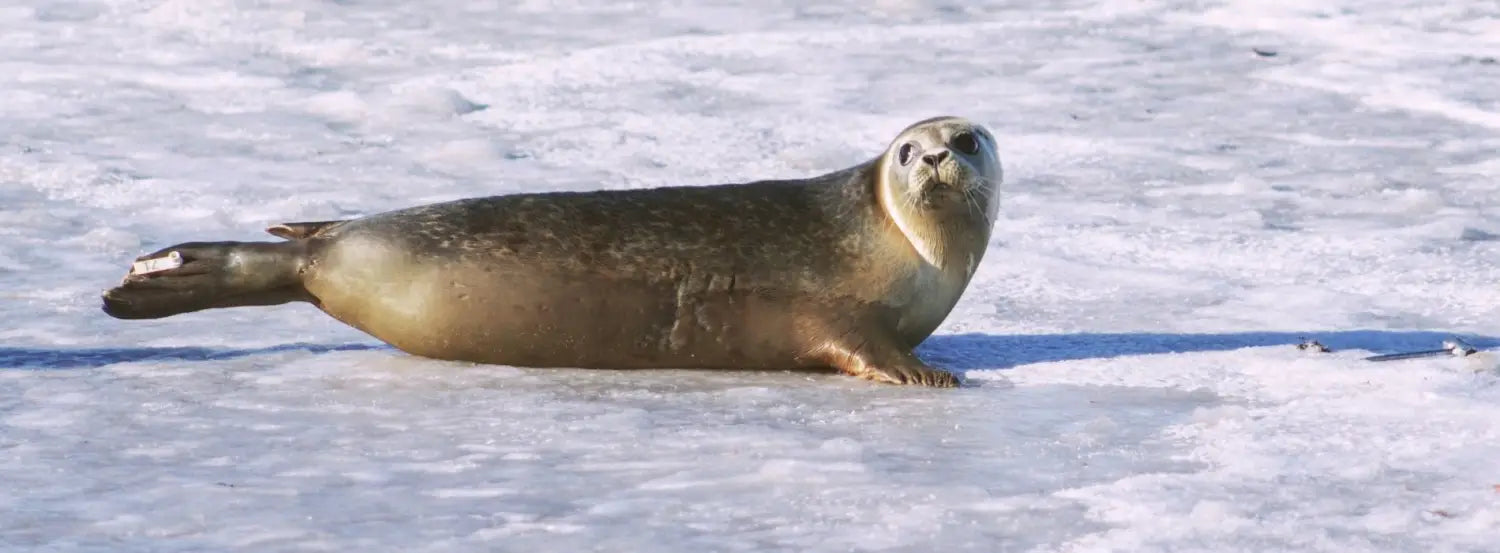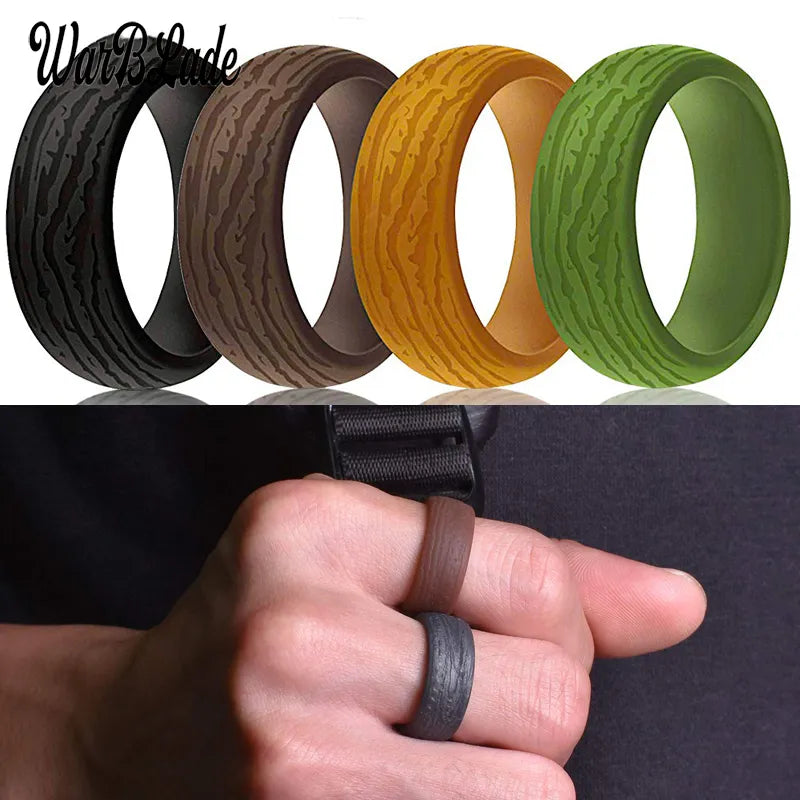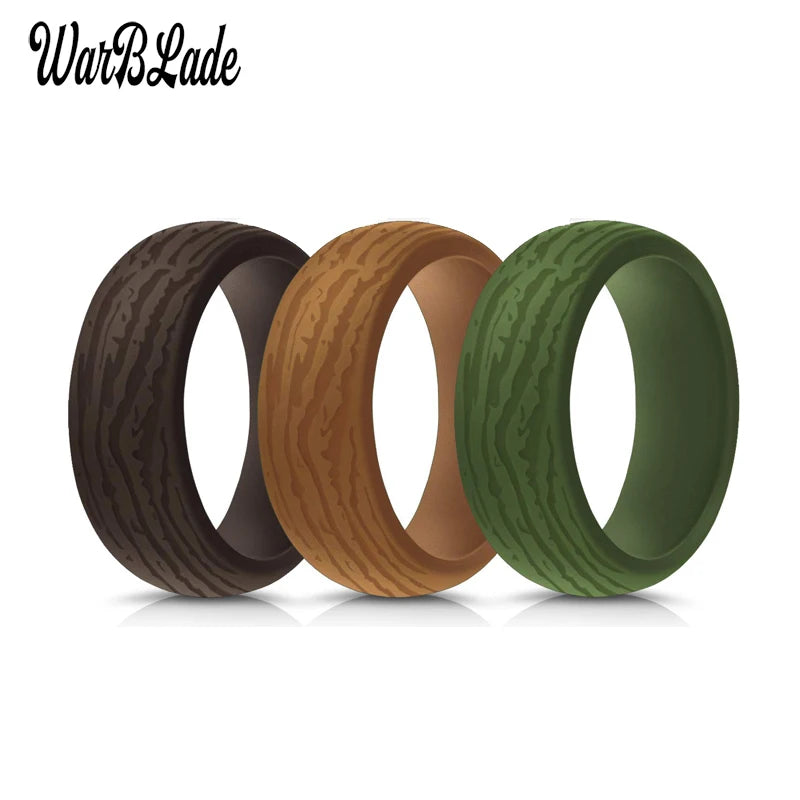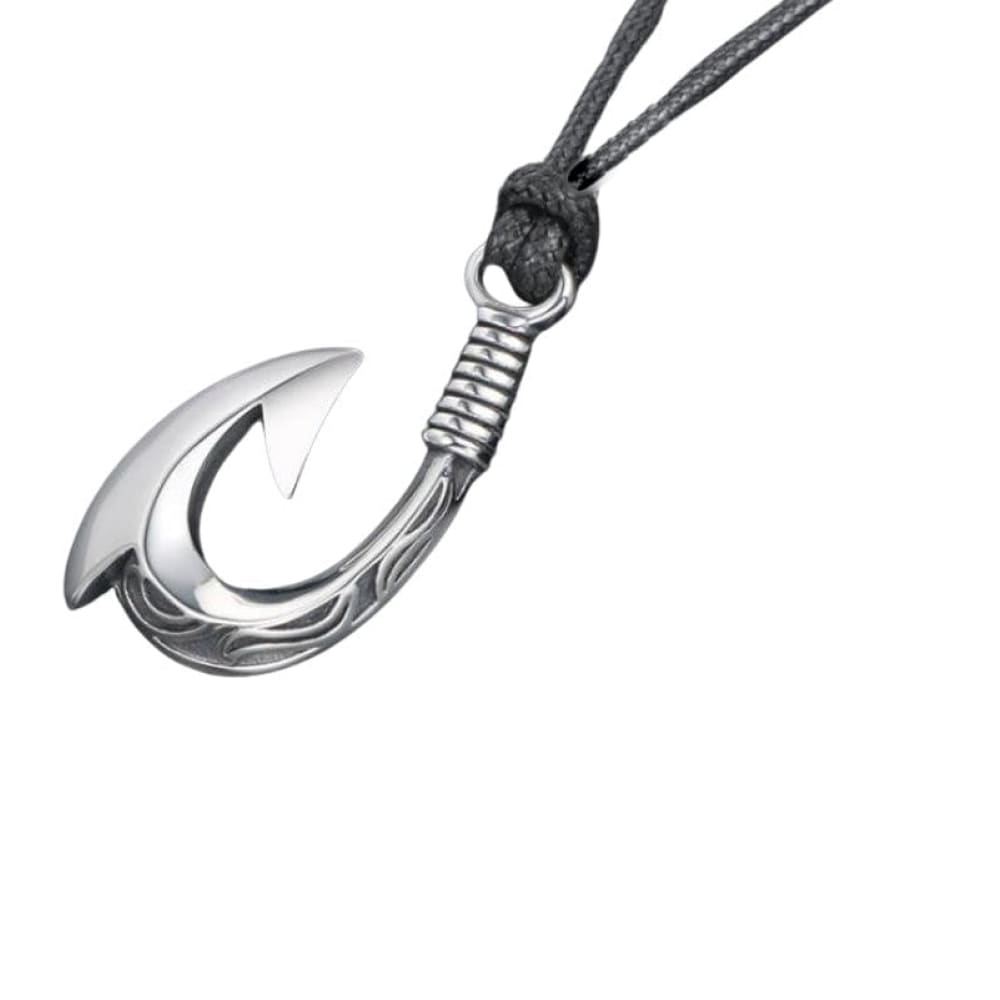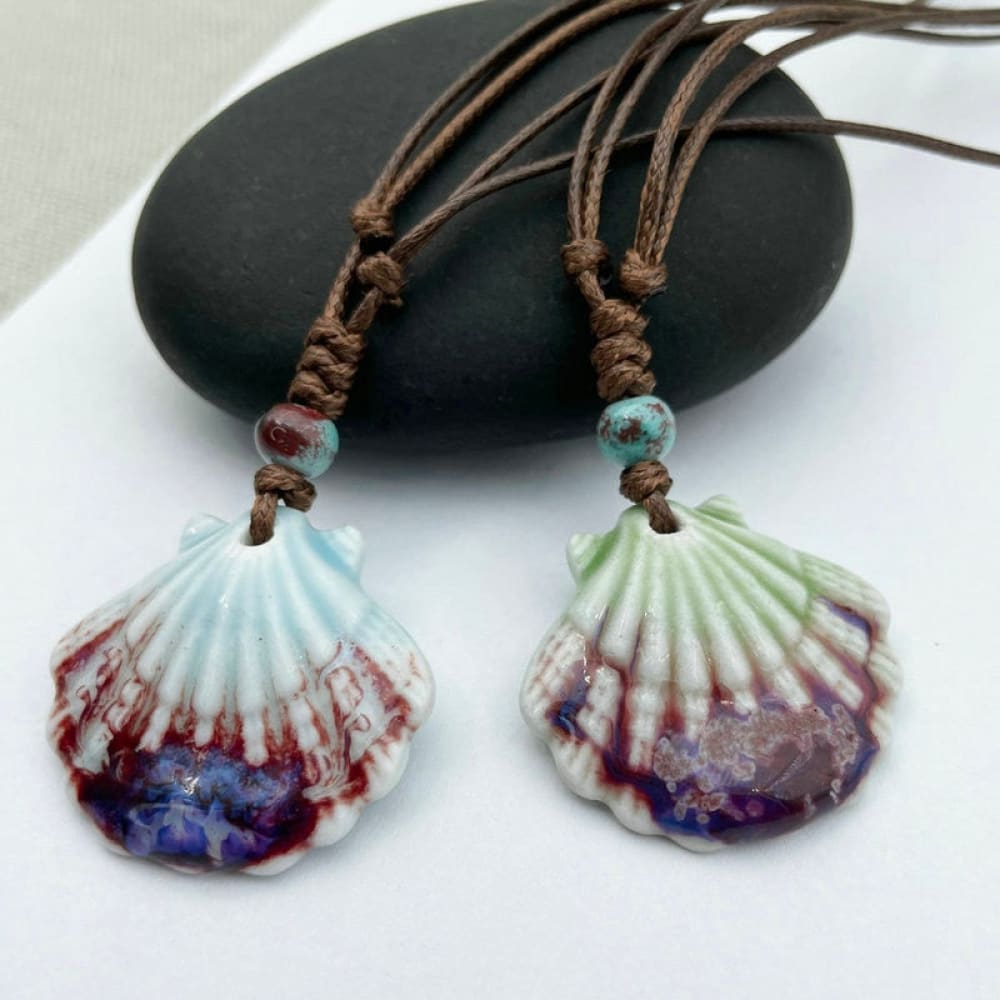Welcome to the wonderful world of pinnipeds, also known as seals! These adorable marine mammals are a widely distributed and diverse group that captivates the hearts of animal lovers everywhere. In this article, we will take a deep dive into the fascinating lives of these creatures, exploring their anatomy, behavior, and evolution. Get ready to be amazed by the unique characteristics and incredible adaptations of these little ocean dwellers.
What are Pinnipeds?
Pinnipeds belong to the infraorder of mammals known as Carnivora, which includes other fascinating creatures like bears and raccoons. They are semi-aquatic and mostly marine animals, with a streamlined body and four modified limbs called flippers. These flippers allow them to navigate through the water with grace and agility, making them excellent swimmers. Pinnipeds can be found in both the Northern and Southern Hemispheres, although most species prefer colder waters.
The Three Families of Pinnipeds

Pinnipeds are divided into three extant families: Odobenidae, Otariidae, and Phocidae. Let's take a closer look at each of these families and the unique characteristics that define them.
Odobenidae: The Walrus Family
The walrus, the only member of the Odobenidae family, is a truly remarkable creature. With its large size, distinctive tusks, and almost hairless skin, the walrus stands out among its pinniped relatives. It is specialized for feeding on bottom-dwelling mollusks, using its tusks to dig into the seafloor and its whiskers to locate its prey. The walrus is also known for its ability to "walk" on land by turning its hind-flippers forward.

Otariidae: The Eared Seals
The Otariidae family includes the eared seals, such as sea lions and fur seals. These charismatic creatures have visible external ears, which set them apart from their earless seal relatives. Otariids are known for their agility in the water, using their front limbs to propel themselves. On land, they can turn their hind-flippers forward and walk on all fours. Sea lions and fur seals are highly vocal and have complex social structures, often gathering in large colonies during breeding seasons.
Phocidae: The Earless Seals
The Phocidae family consists of the earless seals, also known as true seals. Unlike otariids, phocids lack external ears and cannot turn their hind-flippers forward, making them less agile on land. However, they are highly adapted for life in the water, using their hind-flippers and lower body to swim from side to side. Earless seals have a streamlined body and are well-suited for deep diving, with some species capable of reaching great depths.

Anatomical Marvels of Pinnipeds
Pinnipeds have a range of anatomical features that contribute to their incredible adaptability in marine environments. Let's explore some of their most remarkable characteristics.
Flippers: The Key to Aquatic Agility
Pinnipeds have four limbs that have been modified into flippers, allowing them to navigate through the water with ease. Otariids, such as sea lions, primarily use their front limbs to propel themselves, while phocids and walruses rely on their hind limbs. The hind limbs of otariids and walruses are flexible and can be pulled under the body to serve as legs on land. However, terrestrial locomotion by phocids is more cumbersome due to their inability to turn their hind-flippers forward.

Sensory Superpowers
Pinnipeds have well-developed senses that enable them to thrive in both air and water. Their eyesight and hearing are adapted for their marine lifestyle, allowing them to navigate and locate prey effectively. Pinnipeds also possess an advanced tactile system, primarily located in their whiskers or vibrissae. These whiskers allow them to sense movements, vibrations, and changes in water pressure, aiding in hunting and navigation. Some species of seals are even well-adapted for diving to great depths, with specialized adaptations in their lungs and blood.
Blubber: The Insulating Layer
To withstand the cold waters of their marine habitats, pinnipeds have a layer of fat called blubber beneath their skin. This layer acts as insulation, keeping them warm in chilly temperatures. The blubber also provides buoyancy, allowing them to float effortlessly in the water. It serves as an energy reserve during periods of fasting and provides protection against predators.

Life in the Water and on Land
Pinnipeds spend the majority of their lives in the water, but they also come ashore for various reasons. Let's explore their fascinating lifestyle and behavior in both marine and terrestrial environments.
If you want to learn more about the sea mammal, click here !
Marine Marvels: Masters of the Sea
Seals are highly adapted for life in the ocean. They are skilled swimmers, utilizing their flippers and streamlined bodies to glide effortlessly through the water. Seals feed on a diet consisting primarily of fish and marine invertebrates, with some species even specializing in hunting larger prey like penguins and other seals. They are well-suited for diving, with the ability to hold their breath for extended periods and reach impressive depths. Seals also face threats from predators such as sharks and orcas.

Breeding and Mating Rituals
Breeding and mating rituals vary among different species of pinnipeds. Male seals often exhibit territorial behavior and compete for access to females. Some species engage in courtship displays or lek mating, where males gather in a specific area to attract females. Pups are typically born in the spring and summer months, and mothers take on the responsibility of raising them. The breeding strategies and parental care differ among species, with some males mating with multiple females and others forming long-lasting bonds with a single partner.
Conservation and Threats
Pinnipeds face various threats in their natural habitats. While they are protected by international laws today, they have a long history of being hunted for their meat, blubber, and fur. Some species have become extinct in recent times, while others are currently endangered due to factors such as accidental trapping, marine pollution, climate change, and conflicts with humans. Conservation efforts are crucial to ensure the survival of these incredible creatures and to protect their delicate ecosystems. We know that sometimes we can feel useless in helping the cause, but don't let that fool you... We can help the cause by speaking out and showing the cause. That's why we've designed save the seal shirts! Show your passion for these beautiful creatures today.
Click here to discover our save the seals shirt !
Our last word
Seals, or pinnipeds, are undeniably fascinating creatures. From their streamlined bodies and flippers to their remarkable adaptations for life in the water, they continue to capture the hearts and imaginations of people around the world. As we delve deeper into the study of these marine mammals, we gain a better understanding of their unique characteristics and the challenges they face. So let's continue to celebrate and protect these incredible animals, ensuring that future generations can marvel at the wonders of the pinniped world.
We researched a maximum of information about this cute creature for you have the best content as possible. We hope you've enjoyed this article about their world and learned a few things!
Feel free to subscribe to our private newsletter to receive more exclusive article. You will also receive a 10% bonus discount for our sea world catalogue. You will be notified via email whenever we release a newest wonderful piece of ocean jewelry !
Feel free also to go check out our website, we provide you the best sea content and we offer you the best nautical jewelry all around the globe !

